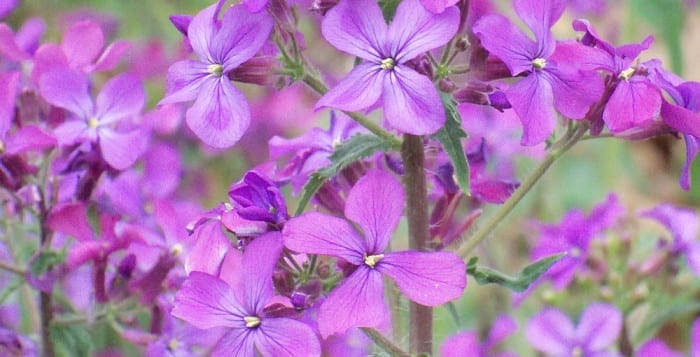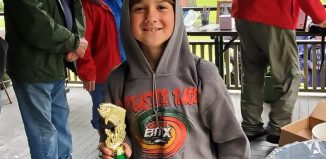Self-sowing plants make gardening easier
By Ellen Barcel
One of the reasons I really like perennial plants is because it’s the “plant once, enjoy for many years” form of gardening. Perennials, provided they are adapted to your growing conditions (hardiness zone, fertilizer, soil pH, amount of water, etc.) will return year after year.
But, there is another way of planting once and enjoying for many years — by growing plants that are known for self-seeding. They put out seeds in the late summer and fall, the seeds survive your winter conditions and germinate the next year. Some of these are biennials, which means that the individual plant will grow back a second year in addition to scattering seeds. Some are annuals, with the original plant dying and only the seeds surviving the next year.
If you do decide to plant self-seeding plants, make sure you know what the seedlings look like. While in some cases the seedling looks very much like the mature plant’s leaf, in other cases, it’s hard to tell. You don’t want to accidently pull out a desired plant thinking it’s a weed.
There’s another caution with self-seeders. Because they produce so many seeds, they can become invasive with your flower bed looking very messy. So, you need to be careful in planting them and not be hesitant to “rip out” what grows where you don’t want it.
One of the best self-seeding plants is lunaria (pennies, honesty, money plant). The name comes from Latin, meaning moon-like, which refers to the oval, silvery seedpods that are produced on the plant toward the end of the growing season. While some are annuals or perennials, most commonly found in seed catalogues are biennials.
The flowers are beautiful — white or purple — and appear in spring with seed pods the second year after sowing. They are easy to naturalize if you have a wooded or partly wooded area where the seedlings won’t be disturbed. A mass of these is stunning even from a distance away. The flowers can also be collected and dried for arrangements. Make sure you leave some flower go to seed for next year. Foxglove is another biennial that self-seeds.
Another self-seeder (which is also a perennial) is Echinacea, that is, coneflowers. These beautiful flowers attract birds, which love the seeds. Leave the seed heads on the plants in fall. What’s not eaten will fall to the ground and come spring, more plants will grow.
Other self-seeding annuals include New England asters, coreopsis, feverfew, violets, sweet peas and blue woodruff.
Ellen Barcel is a freelance writer and master gardener. Send your gardening questions to [email protected]. To reach Cornell Cooperative Extension and its Master Gardener program, call 631-727-7850.







